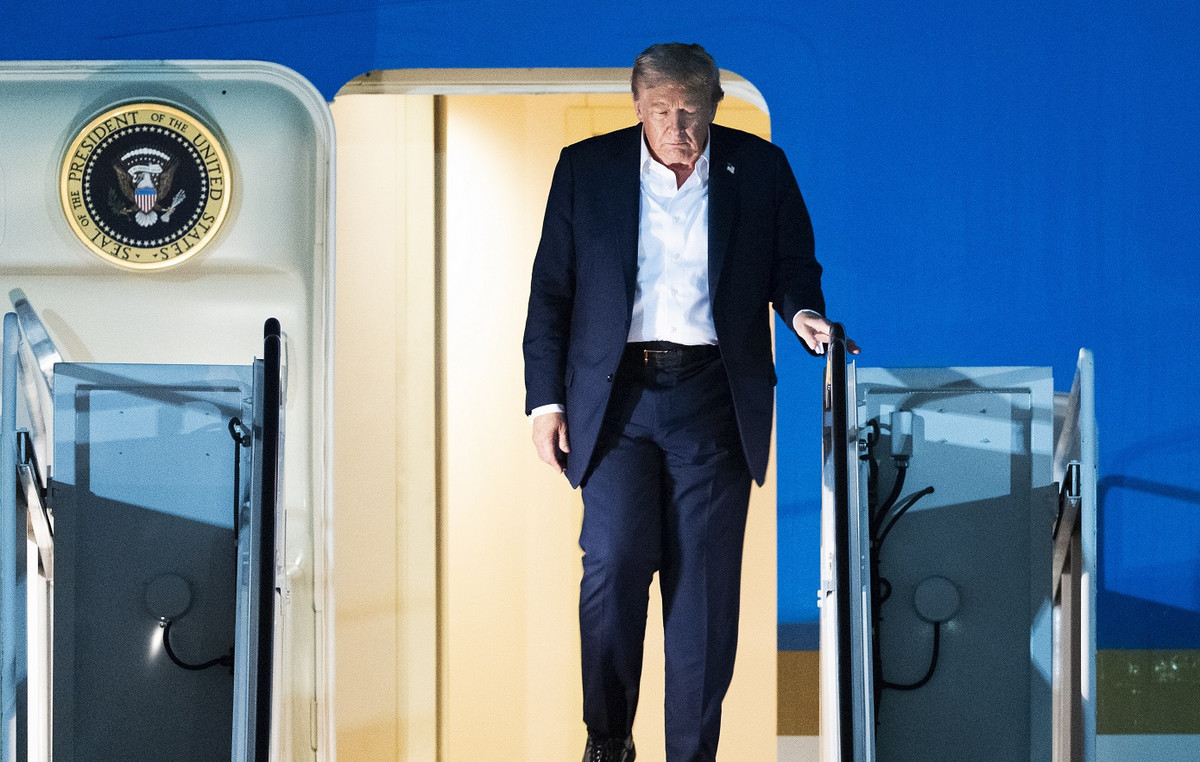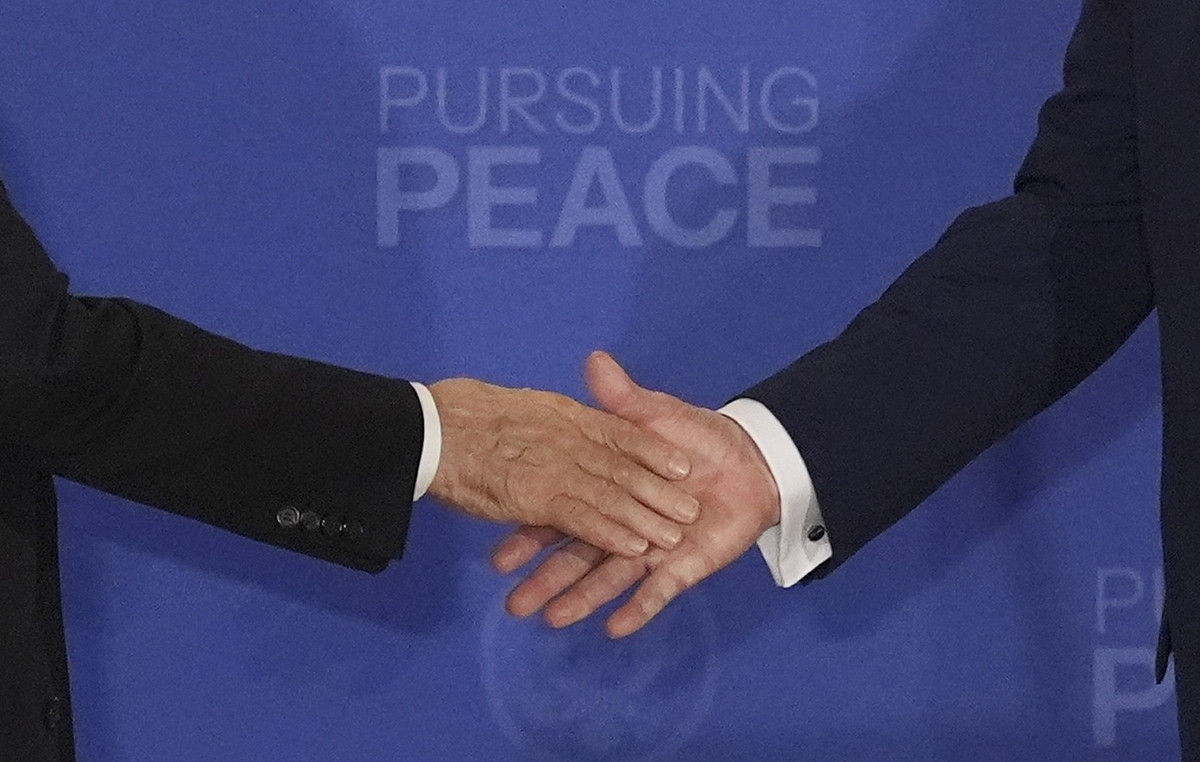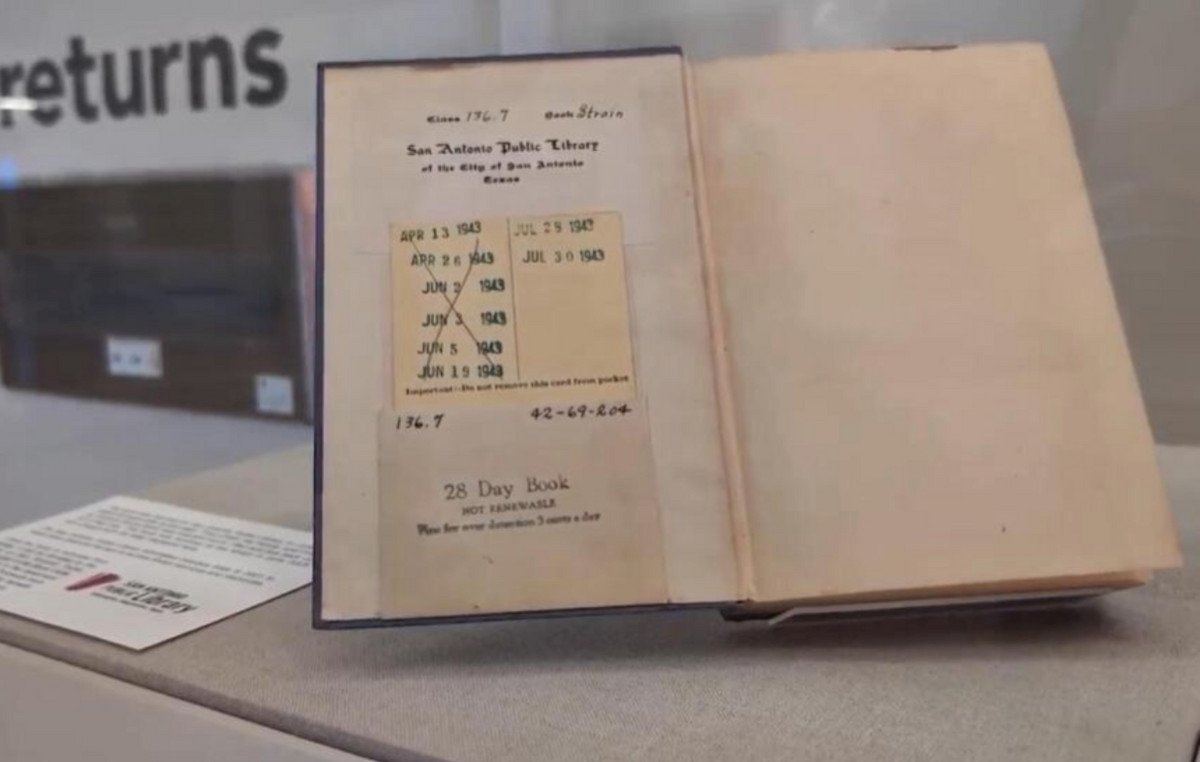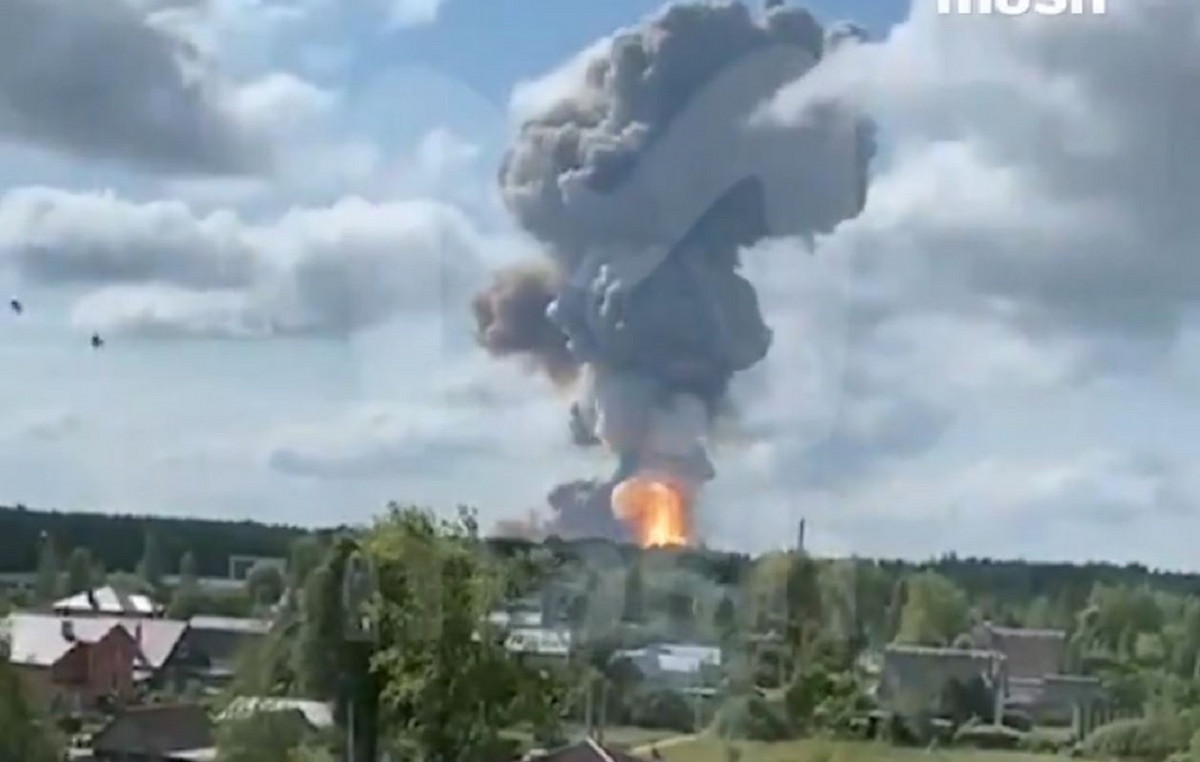United Nations Secretary-General Antonio Guterres is hardly a global figure given to panic or hyperbole. But rarely did he look so scared.
“Humanity is just one misunderstanding, one miscalculation away from nuclear annihilation,” Gutteres said this week. The way he and a growing number of people who think deeply about nuclear issues and their consequences see it, the world is plunging headlong into potential Armageddon, with little regard for the consequences of its actions or inaction.
US House Speaker Nancy Pelosi appears to have paid little heed to these fears as she blithely forged ahead with her visit to Taiwan in the face of dire warnings from the leadership of mainland China, whose arsenal of 350 nuclear weapons is on the other side of a strait. And this in the context of Russian President Vladimir Putin’s bellicose words and actions about Ukraine and Kim Jong Un’s ongoing nuclear rhetoric and actions in neighboring North Korea.
Gutteres’ fears, of course, were broader and deeper than this single Asian flashpoint. He was speaking at a world conference of nations that have signed the Treaty on the Non-Proliferation of Nuclear Weapons – a meeting postponed for two years due to the Covid-19 pandemic.
Signed on July 1, 1968, by 93 nations, and in force two years later, the treaty now has 191 adherents. However, it never felt more vulnerable, if not more relevant, than it does today.
The context, as Gutteres noted, was that this year’s conference – the tenth since its signing – “comes at a time of nuclear danger not seen since the height of the Cold War”.
Indeed, the very foundations of global security that have effectively ensured peace since the explosion of the “Fat Man” plutonium device – the last detonated in the battle over Nagasaki on August 9, 1945 – have been profoundly eroded.
The United States was, and remains, the only nation to detonate a nuclear weapon in a war. The Soviet Union tested its first device four years later.
In July 1959, then French President Charles de Gaulle sent Count Alexandre de Marenches, co-author of the book “The Fourth World War” to Washington, to ask American President Dwight Eisenhower to give France the secrets that would allow France to join the nuclear club. Ike politely but firmly declined.
Still, in less than a year, France exploded its first nuclear device, eight years after the British.
Russia was already on its way to equalizing this balance. By the early 1960s, the Kremlin had deployed the first of what would be an arsenal of more than 3,000 nuclear weapons to Ukraine, where some of the first steps towards a Soviet bomb were taken at Ukrainian institutes located in now-deep cities. disputed from Kharkiv and Donetsk. More Soviet weapons arrived in Belarus and Kazakhstan.
In the mid-1960s, on the western side of the Iron Curtain there were three nuclear powers (USA, Britain and France), on the eastern side, four states ostensibly armed with nuclear weapons, although fully controlled by the Kremlin. Effectively, there were only two nuclear blocks.
There are many who look back on that era as the good old days of nuclear confrontation – and with good reason. Each side, for decades, possessed enough nuclear weapons – up to 41,000 for the Soviet Union and 31,000 for the US at their respective peaks – to completely destroy the other side, not to mention all life on Earth. This led to the concept of Mutually Assured Destruction (MAD).
Since then, arms control agreements have drastically reduced the size of these arsenals – to levels still capable of incinerating the earth, but without reducing much of the tension. Although arsenals have declined since the Cold War, the number of countries with nuclear weapons has proliferated.
How is it possible to have MAD when you have nuclear weapons in the hands of nine powers? (The countries in question are the US, Britain, France, Israel, Pakistan, India, Russia, China, and North Korea.) Within this group of nations, there are pockets of mutually assured destruction. About 93% of all 13,900 nuclear weapons in the world are still controlled by Washington and Moscow.
To some extent, MAD prevails there, and in fact the prospect of mutually assured destruction comprises a good deal of what prevented Pakistan and India from pitting their arsenals against each other during any of the three Indo-Pakistani wars or others. regular clashes across its contested borders.
A broader threat, however, has only expanded. How likely is it that, given some existential challenge, Russia or even China, which joined the nuclear club in 1964, will not use a weapon of its own?
Certainly, Russia issued such a threat in Ukraine. Just weeks before its invasion of Ukraine, Russia carried out maneuvers with nuclear units, while Putin announced that his nuclear deterrent forces were being placed on a “special alert regime”.
And then there are the peripheral nuclear powers. While most of the world is worried about Ukraine, Taiwan and terrorist leaders in Afghanistan, North Korea has continued to launch missiles and threaten new rounds of nuclear tests. On Victory Day last month, Kim Jong Un warned that he was “ready to deploy” his nuclear deterrent.
Finally, we are potentially weeks away from a new round of lineups, this time involving Iran. While Secretary of State Antony Blinken has embraced a return to the conference table to restore the nuclear deal that was curbing Iran’s race toward a nuclear weapon, there is little real evidence that Iran is prepared to agree.
How is it possible to have MAD when you have nuclear weapons in the hands of nine powers?
David Andelman
Indeed, on Monday, the Biden administration released a new round of sanctions aimed at “illicit” support for the Iranian oil industry, which is already under crushing sanctions. And there are indications that the “escape time” – the time it takes for Iran to produce enough fissile material for a nuclear weapon – has shrunk to almost zero.
If Iran tests or even displays the ability to test a nuclear weapon, its archenemy, Saudi Arabia, has already indicated that it will do everything in its power to deploy its own weapon. Indeed, it has fostered close ties with Pakistan’s nuclear programs and with China, whose appetite for foreign sources of oil knows few limits.
It is not surprising that the UN Secretary General has become so pessimistic. The speeches that followed the opening of the nonproliferation conference seemed little calculated to return the genie to its nuclear bottle.
Blinken accused in his speech at the same conference that Russia is “engaged in reckless and dangerous nuclear saber” in Ukraine, while North Korea “is preparing to carry out its seventh nuclear test”. And as for Iran, “it remains on the path of nuclear escalation.”
“Escape from the logic of fear,” concluded Blinken, should be the most immediate mission of all nations that have agreed to contain the proliferation of nuclear weapons.
Somehow, though, an even more valuable goal might just be for the world to find a way to go back in time from 2022 to 1962 or even 1982. These were terrifying years when we innocently practiced weekly duck and cover exercises under our little desks. kindergarten, we dug air-raid shelters in our backyards against an imminent nuclear attack.
But these very real and immediate threats topped the nightly news, consumed global dialogue, motivated every action by every world leader who understood that nuclear weapons were and should be at the top of priorities. They are no more.
It is this fear that is at the heart of the Secretary-General’s pessimism – and it should be at the heart of all of us.
Source: CNN Brasil
I’m James Harper, a highly experienced and accomplished news writer for World Stock Market. I have been writing in the Politics section of the website for over five years, providing readers with up-to-date and insightful information about current events in politics. My work is widely read and respected by many industry professionals as well as laymen.







